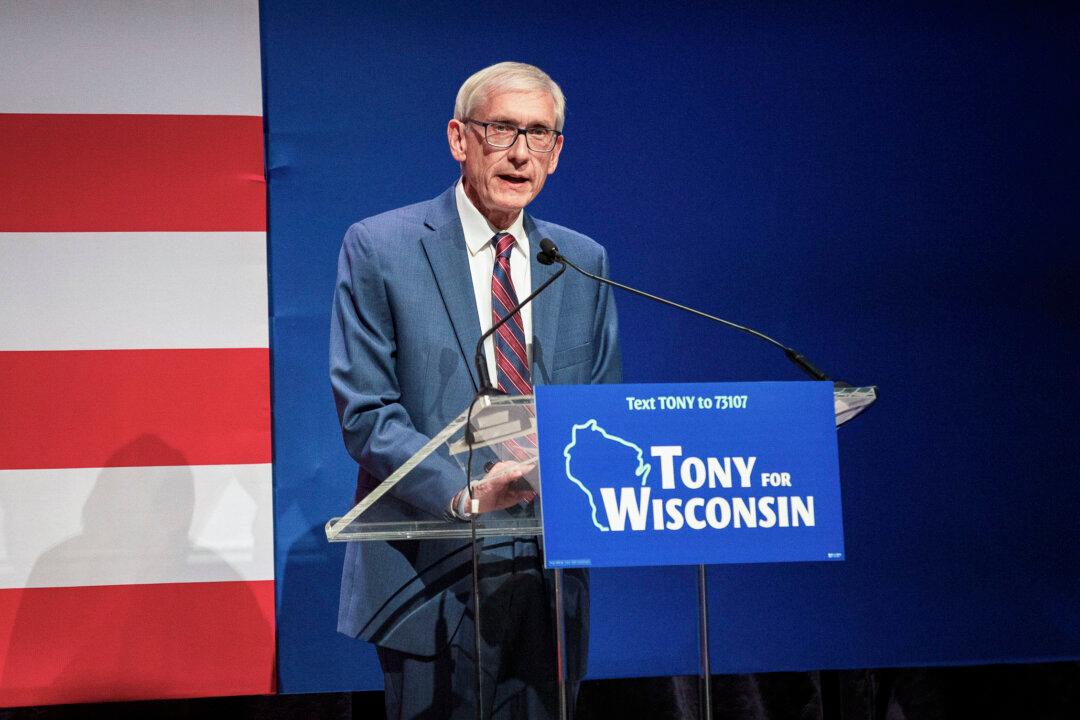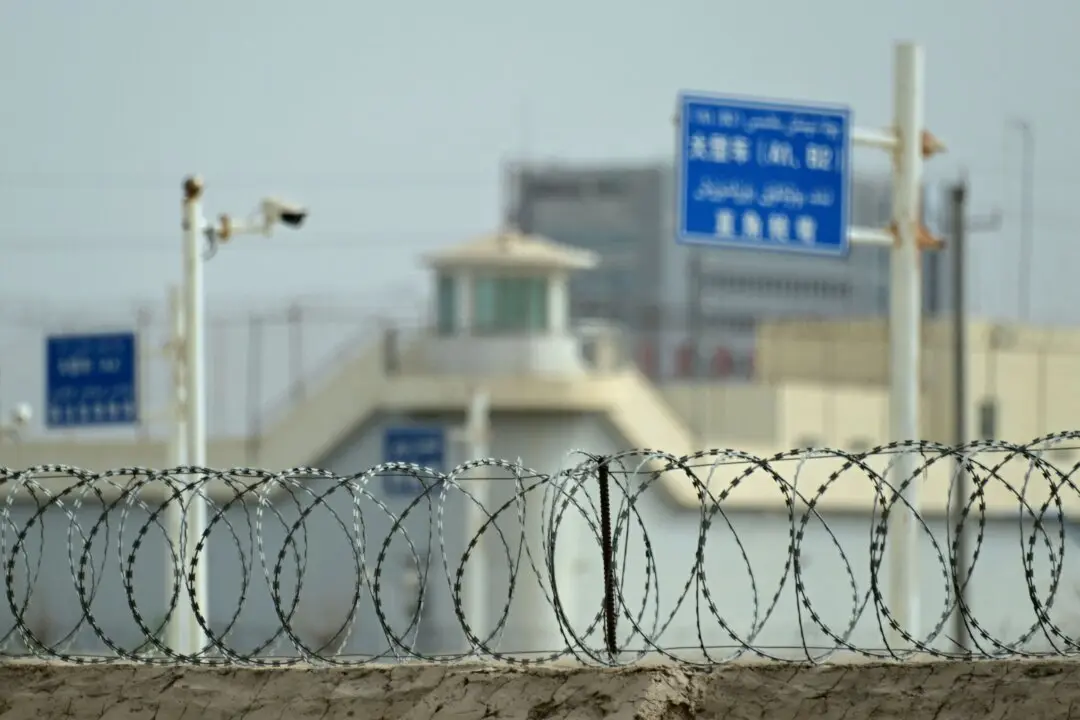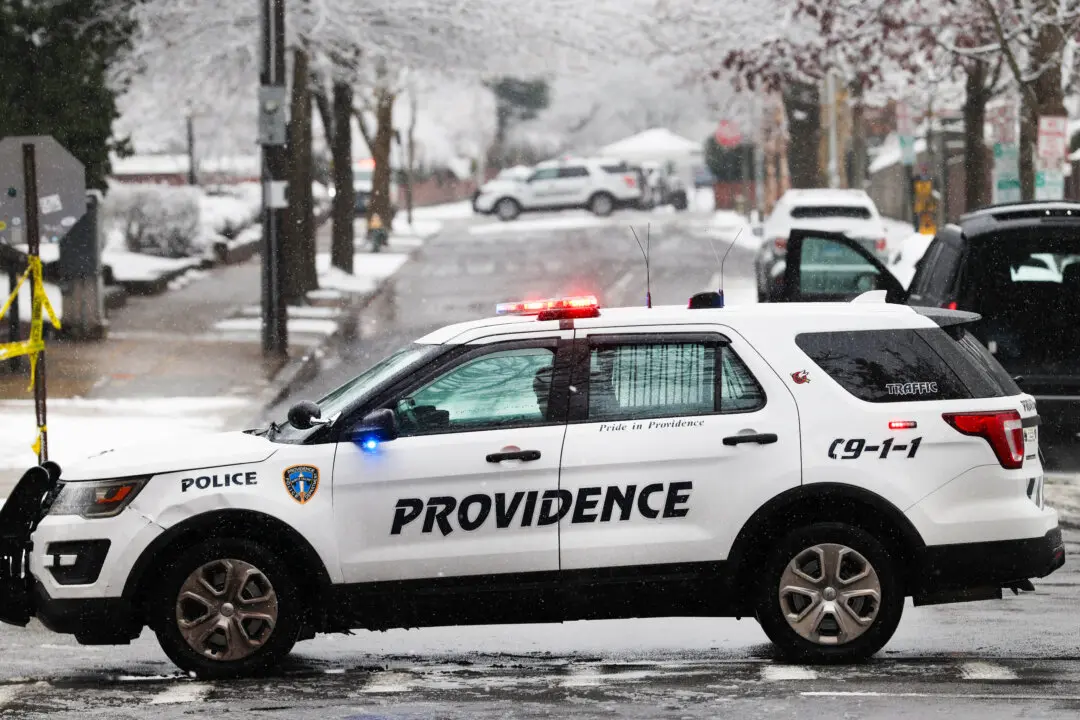Wisconsin Gov. Tony Evers on Thursday signed bipartisan legislation that will require Hmong and Asian American histories to be taught in K-12 schools.
Mr. Evers’s office stated that the bill ensures that Hmong and Asian American histories are preserved for generations to come, recognizing the contributions these communities have made to the state.





